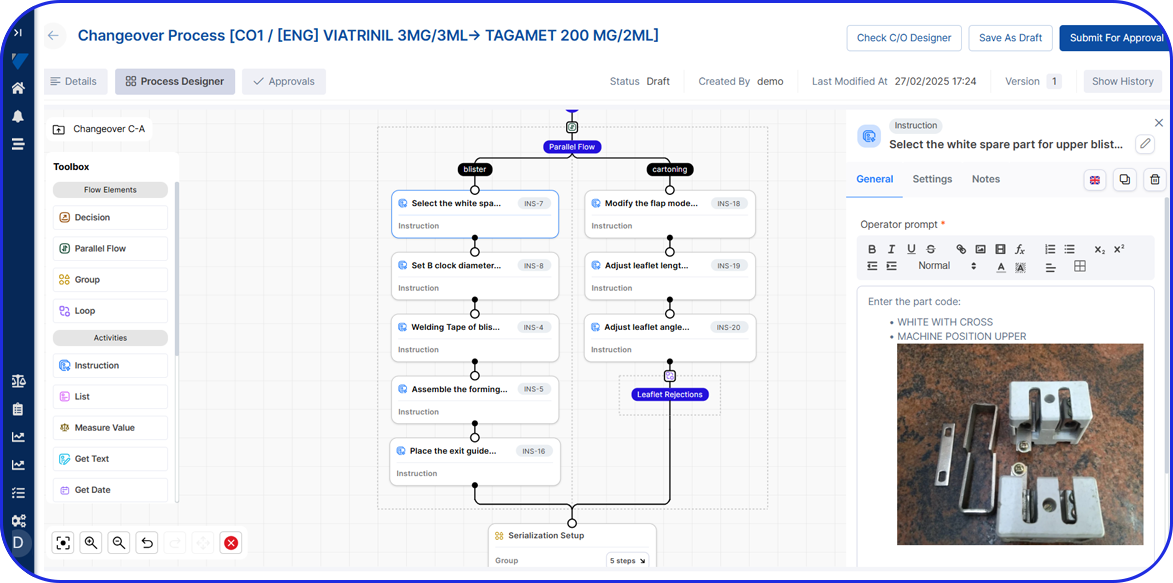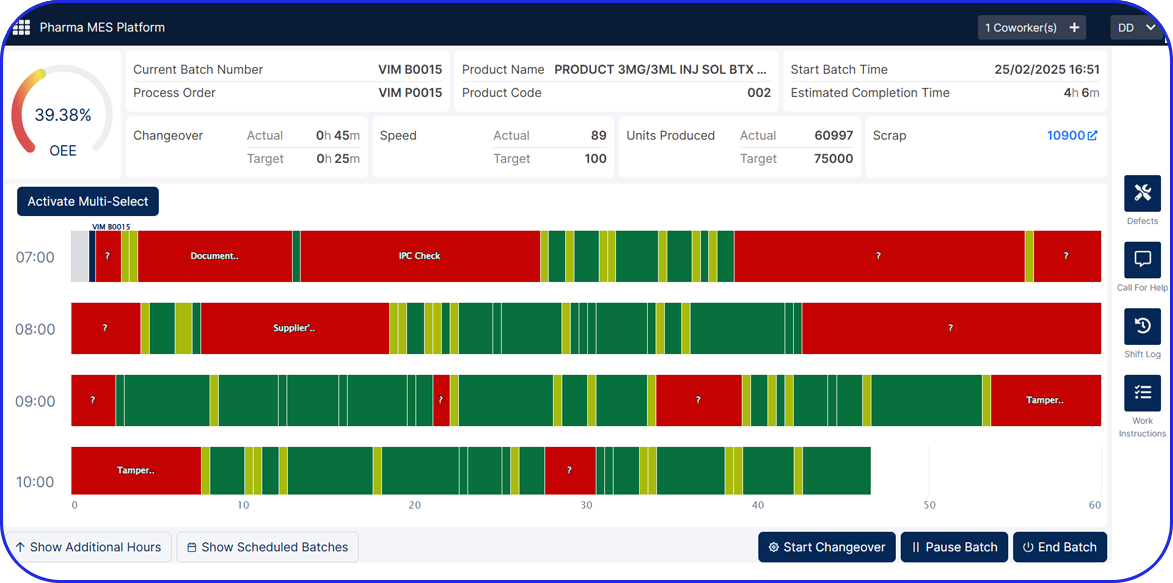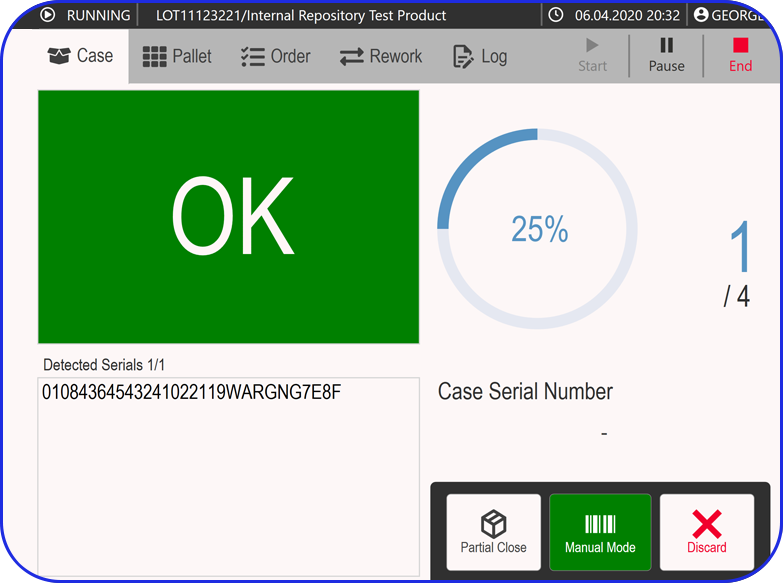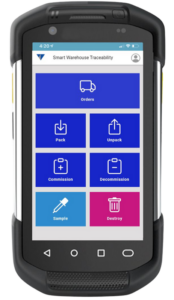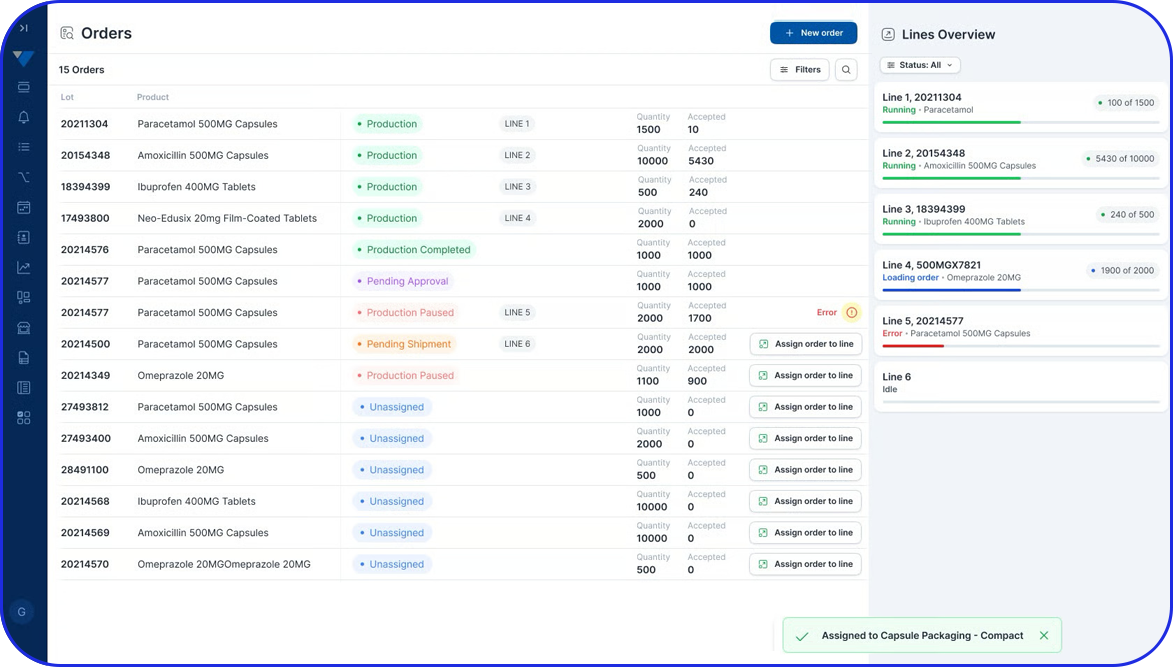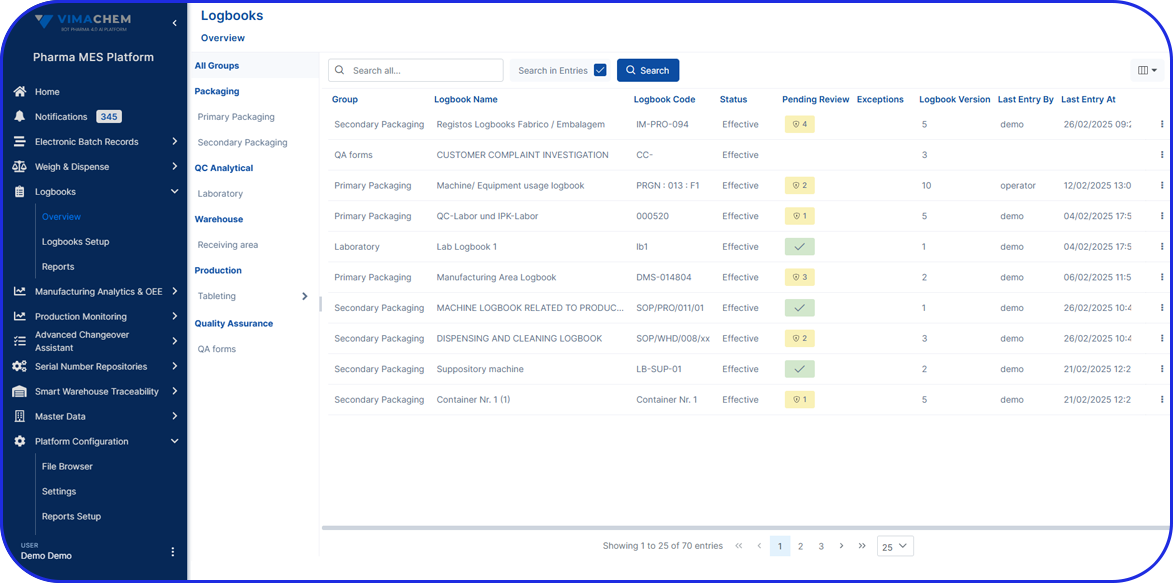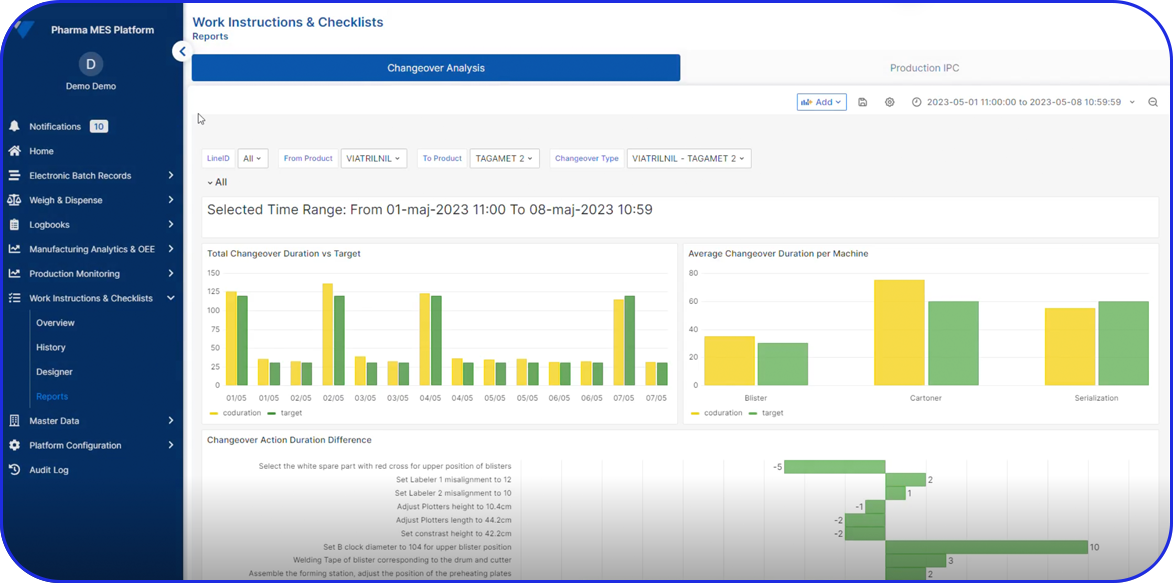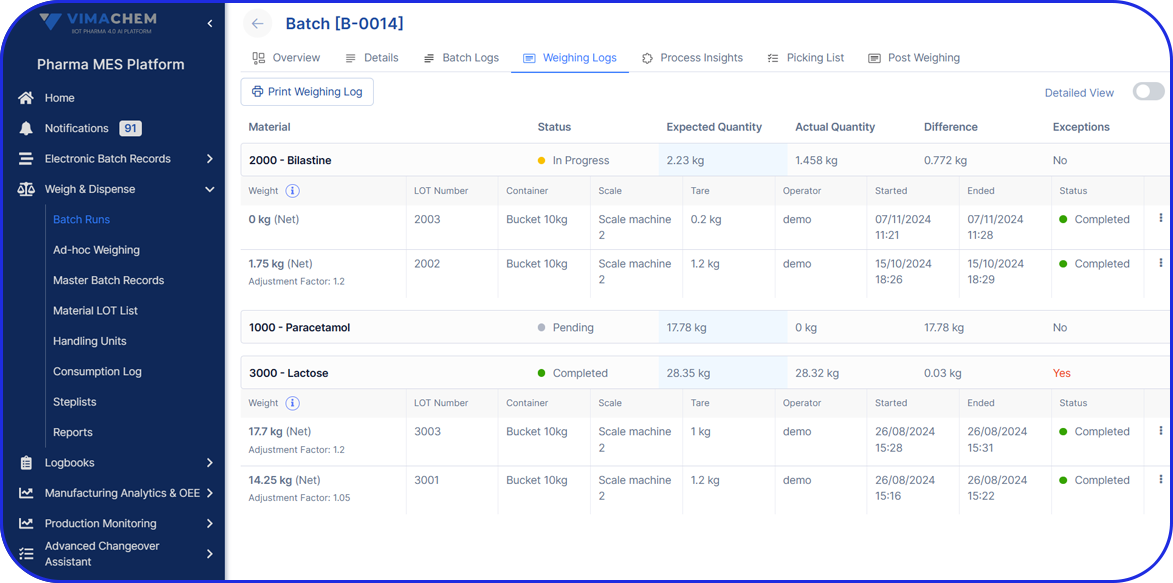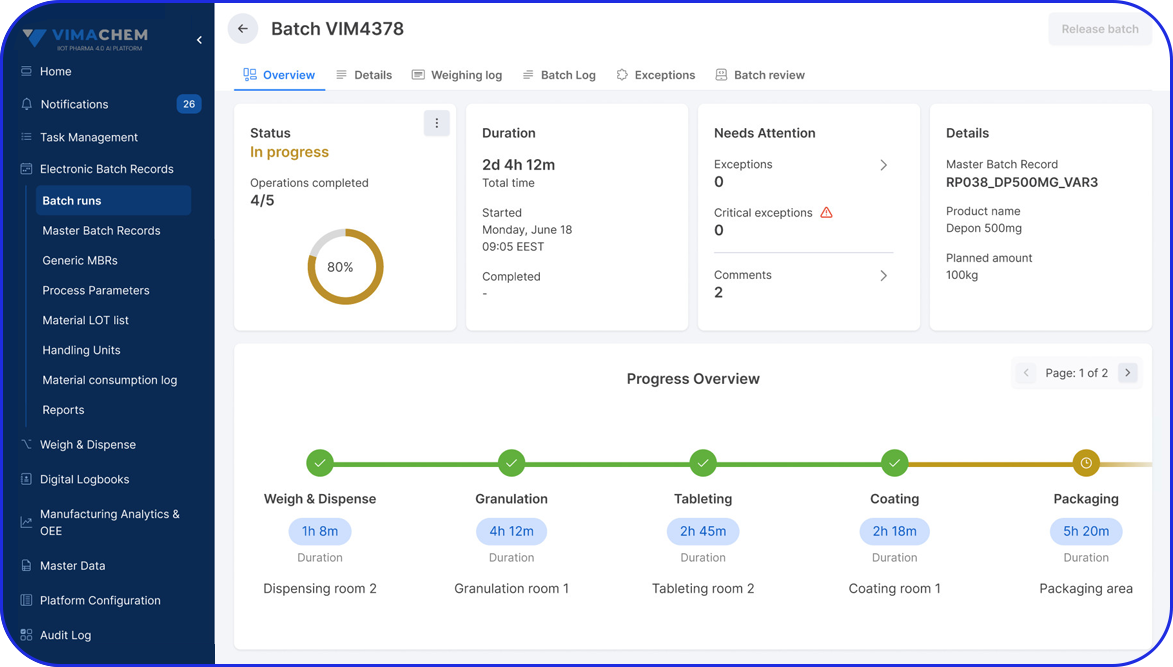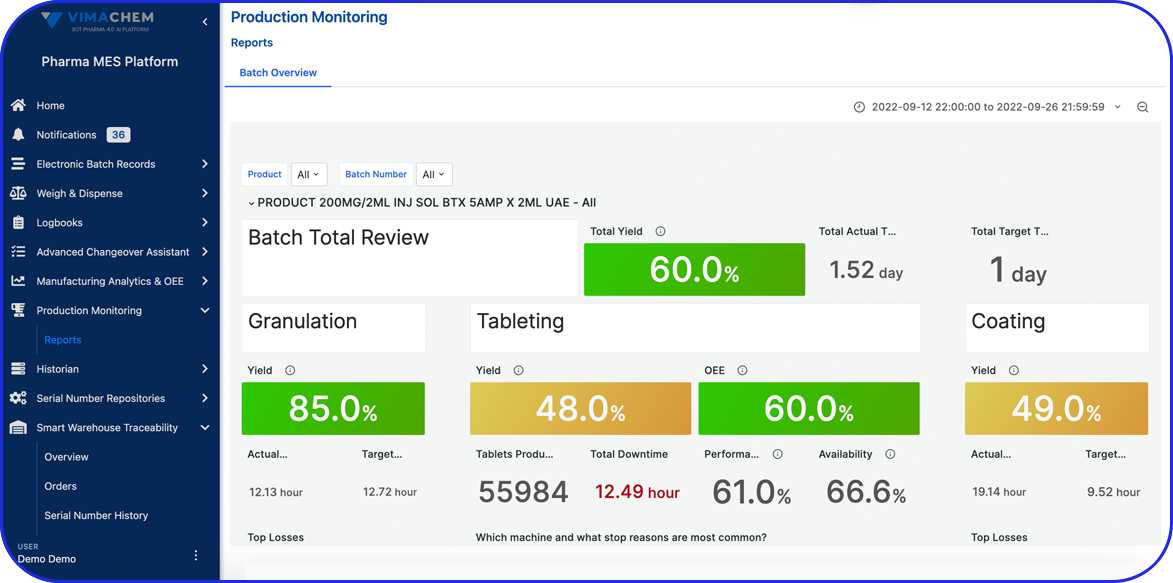OEE Value Creation ROI Calculator
OEE Value Creation ROI Calculator
Generate more profits and achieve your performance goals by improving overall equipment effectiveness (OEE).
ROI & OEE Calculation Variables: Maximizing Manufacturing Efficiency
OEE: Understanding Key Performance Metrics
OEE (Overall Equipment Effectiveness) is "the gold standard" for measuring manufacturing productivity, which means that it identifies the percentage of manufacturing time that is productive.
A production operation’s OEE value is measured in percentages and is based on the Availability, Quality, and Performance metrics of the line. For example, if a manufacturing facility scores 100% OEE, it means it is manufacturing only Good Units, at their nominal speed, with no stops. This means 100% Quality (Good Units), 100% Performance (nominal speed), and 100% Availability (no Stops).
Detailed Breakdown Of OEE Calculator Variables
Nominal Speed per Minute
What is the nominal number of products produced per minute for a specific line? By default, this is set to 50 products/min.
Working Days per Week
How many days per week do you schedule your machines to work? By default, this is set to 5 working days per week.
Working Hours per Day
How many hours per day do you schedule your machines to work? By default, this is set to 16 hours per day (2 shifts).
Profit per Unit
What is the average profit per unit for your products? By default, this is set to 0,30 € per unit produced. You need to exclude the cost of production from your selling price.
Starting OEE
What is your current OEE? By default, this is set to 25%, which is a typical average for pharmaceutical manufacturers starting their OEE improvement journey.
Target OEE
What is the OEE you want to achieve by the end of the year? By default, this is set as 1% higher than your starting OEE. This will show how much impact can be achieved with a slight increase of 1%. At Vimachem, we have found that, on average, the minimum improvement that new clients can expect in a year is a 5% increase.
How To Interpret Results From The OEE ROI Calculator
Depending on the variables you use to calculate the value created in a Year, you get different outputs.
Here is a quick example to showcase the real values behind the numbers:
One packaging line in a contract manufacturing organization (CMO) produces on average 50 cartons per minute, which is equal to 50 cartons x 60 minutes = 3.000 cartons/hour. Let us assume that each secondary packaging line operates 5 days per week and for 16 hours per day (2 working shifts). This would mean that each packaging line operates 5 days x 16 hours = 80 hours/week and assuming 52 working weeks per year, 4.160 hours/year.
Now, to calculate the output produced each year, we will multiply the machine runtime in hours with the units produced per hour times the overall equipment effectiveness (OEE) of the packaging line:
Output Produced per Year = Machine Runtime in Hours x Units Produced per Hour x Current OEE
Assuming the current OEE of the line is 25%, the packaged cartons produced in a year would be 4.160 x 3.000 x 25% = 3.120.000 cartons/year.
In the case of a 4% growth in OEE (1% increase), the OEE will be 26%), and then the produced output in a year would be 4.160 x 3.000 x 26% = 3.244.800 cartons/year.
Gained Output = Increased Output – Initial Output
3.244.800 – 3.120.000 = 124.800 cartons.
So, a 4% growth in OEE (1% increase) would result in 124.800 additional cartons per packaging line and hence a total of 3.244.800 cartons per line x 7 lines = 22.713.600 total cartons, or 873.600 additional cartons.
Total Additional Profit = Gained Output x Profit per unit
Assuming an estimated 0.30€ profit per carton, a 4% growth in OEE would result in 124.800 cartons x 0.3 profit per carton = 37.440,00€ in incremental profitability.
Projected Growth From OEE Software Implementation
With the help of OEE software, the expected growth of a pharma manufacturing firm in the course of a year could be up to 40% for each line.
This means with a starting OEE of 25%, you can achieve a 35% OEE in only one year. Hence, a line that produces 1.000 products with a 40% growth in OEE would achieve production of 1.400 products using the same resources as before.
So, for a manufacturer that has 10 lines, it means that they can produce the same output using 7 lines. It is important to understand that the strive for OEE optimization will be a driver for culture change across the whole site with learnings that can bring significant improvements in performance on other lines.
Additionally, manufacturers can benefit from implementing an OEE system when they are contractually required to meet specific production rates to meet their clients’ orders. OEE can help quickly point out if their work cell(s) are not meeting acceptable OEE thresholds.
The investment in OEE software will be repaid through cost savings achieved in the first month.
Additional Benefits Of Integrating OEE Software In Manufacturing
OEE metrics need to be calculated in real-time and displayed on the factory floor, among other production data, to help decision-making and optimize pharmaceutical manufacturing operations. This will create a sense of transparency and ownership throughout your site. Manufacturing Analytics & OEE solutions are critical in identifying the actual speed of a line and other site data in real-time by utilizing IIoT-based edge devices. Monitoring and assessing real-time machine data will give direction in order to drive operational efficiencies, better performance, sustainable improvements, and generate financial gains.
The information provided by an IIoT-based Manufacturing Analytics & OEE application can help to:
- Identify machine bottlenecks and root causes for all machine stops
- Observe production cycles and track their time, output, and performance
- Automate machine data retrieval and manufacturing analytics to deliver AI-driven insights instantly
- Implement daily management systems (KPI dashboards, root cause analysis, task management). Compare different shifts, batches, and SKUs (Stock Keeping Units) and gain meaningful insights
- Achieve real-time digital monitoring, notification & visualization (technical tasks, defects identification, line planned stop organization)
- Eliminate paper-based records, keeping executives and staff engaged and motivated
Post-OEE Calculation Actions: Steps to Enhance Manufacturing Efficiency
After calculating your OEE, you should:
1. Analyze the results: Identify areas of inefficiency, such as downtime, slow cycles, or defects.
2. Prioritize improvements: Focus on the factors with the most significant impact on OEE.
3. Implement changes: Make process adjustments, provide training, or upgrade equipment.
4. Monitor continuously: Regularly track OEE to assess the effectiveness of changes.
5. Engage teams: Ensure that all staff understand OEE and are involved in improvement efforts.
Optimal Frequency for Recalculating OEE in your Production Environment
You should calculate OEE in real-time to ensure immediate action for production efficiency. The frequency depends on your production cycle.
Ready to Augment your Shop Floor Operations?
Ready to Augment your Shop Floor Operations?
Get started with real-time manufacturing analytics today.

